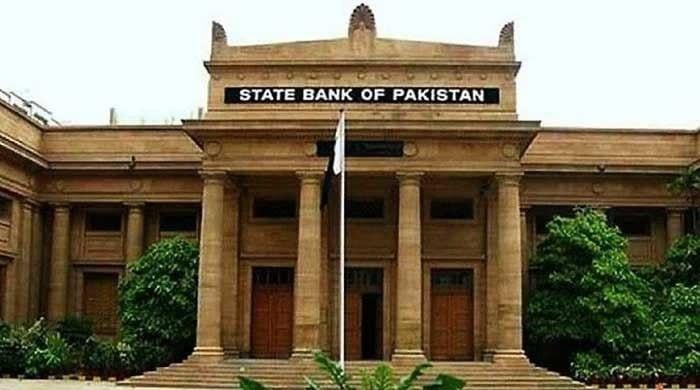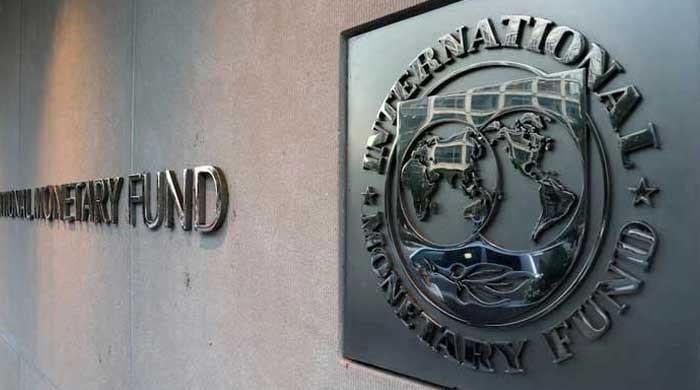Pakistan's external liabilities stands at $130bn, dollar amounts to 58% of total debt
$1bn Panda Bond programme established, first issuance of $200m-250m scheduled for FY2026
August 21, 2025

- External financing to rely on multilateral, bilateral sources.
- $1bn Panda Bond programme established, first issuance in FY26.
- Preparatory work underway for launch of Sustainable Bonds.
ISLAMABAD: Pakistan's external debt and liabilities, currently standing at around $130 billion, are heavily concentrated in five major currencies, with the US dollar alone accounting for nearly 58% of the total burden, The News reported on Thursday
"The external debt portfolio is predominantly denominated in a few major currencies. The US dollar leads with a 57.8% share, followed by Special Drawing Rights (SDRs) at 29.88%, Chinese Yuan 5.21%, Japanese Yen 3.95%, and the Euro 2.62%," reads the government's latest Debt Management Strategy (DMS) for 2026-2028.
The Finance Ministry's strategy underscores that external financing will continue to rely mainly on multilateral and bilateral sources offering concessional terms and longer maturities.
However, in an effort to diversify, Pakistan plans to re-enter international capital markets with new instruments, including Panda Bonds, Sustainable Bonds, and Eurobonds — subject to favourable global interest rate conditions and domestic economic stability.
A $1 billion Panda Bond programme has already been established, with the first issuance of $200-250 million scheduled for FY2026, followed by additional tranches in the medium term.
Preparatory work is also underway for the launch of Sustainable Bonds, backed by a newly developed Sustainable Financing Framework, which is currently under cabinet review. This framework will guide the structure, maturity, and repayment terms of all future sustainable bond issuances.
Although access to Eurobond markets has remained constrained since 2022, the strategy outlines a plan for re-entry into international capital markets as conditions improve.
In the meantime, Panda Bonds — Renminbi-denominated securities in the Chinese market — are being developed as an alternative, supporting diversification of funding sources, lowering borrowing costs, reducing refinancing risk and enhancing Pakistan’s financial integration with Chinese markets.
To actively manage foreign exchange risks, the government intends to employ hedging instruments while also developing domestic futures and interest rate swap markets.
Innovative options, including debt-for-nature swaps, are under consideration to help manage external liabilities while aligning with climate goals.
Domestic debt is expected to remain the primary source of government financing during the strategy period. Under the International Monetary Fund (IMF) programme, the ceiling for government guarantees is set at Rs5,600 billion as of end-June 2025.
By March 2025, guarantees worth Rs405 billion —equivalent to 0.35% of GDP — had been issued, raising the total outstanding stock to Rs4,548 billion.
These include guarantees extended to state-owned enterprises such as TCP and PASSCO for commodity-related financing.









